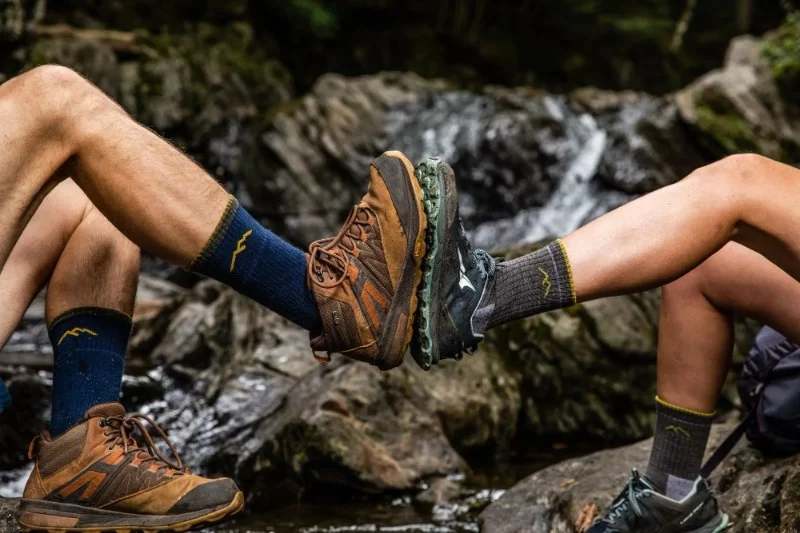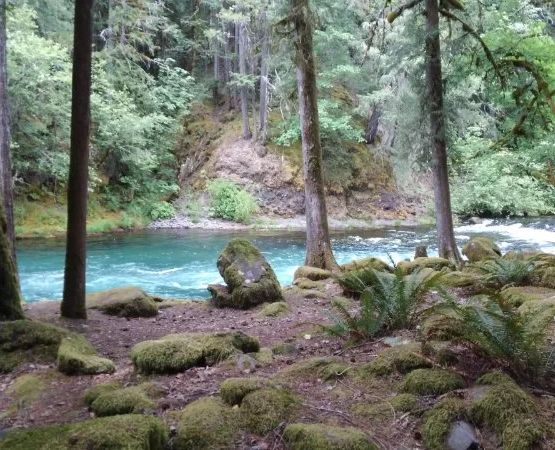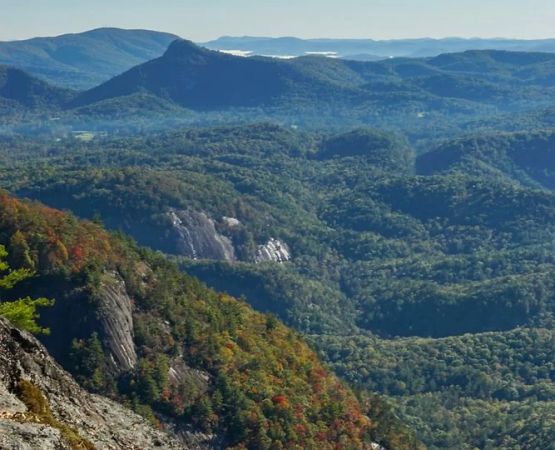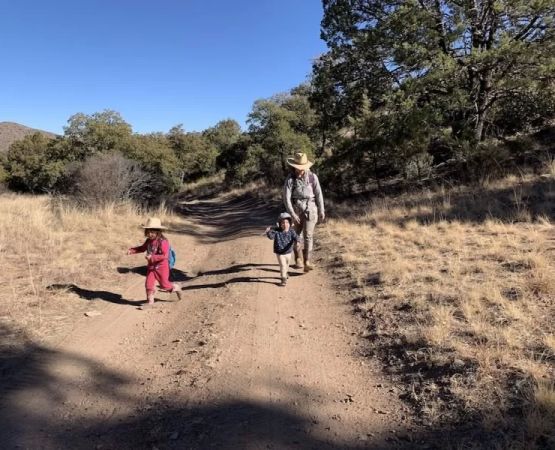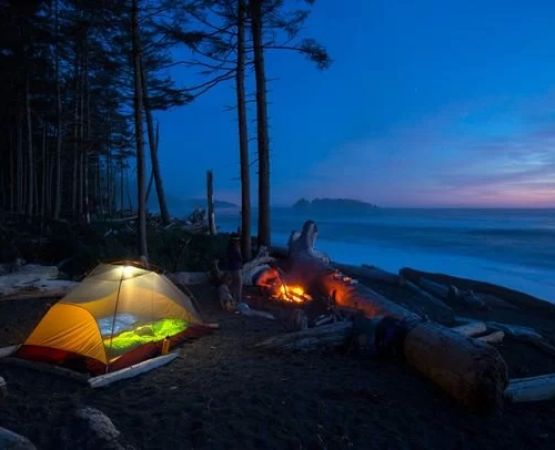- 1 - why-hiking-socks-matter-for-long-distance-trails
- 2 - understanding-materials-and-their-benefits
- 3 - fit-cushioning-and-blister-prevention
- 4 - real-life-trail-experiences
- 5 - seasonal-considerations-and-trail-conditions
- 6 - where-to-find-reliable-hiking-gear
1. Why Hiking Socks Matter for Long-Distance Trails
When planning long-distance hikes, many people focus on boots while overlooking the importance of socks. The right hiking socks are essential for comfort, foot protection, and endurance. Poor-quality socks can cause blisters, overheating, or even infections, which may cut a trip short. Quality socks, on the other hand, wick moisture, reduce friction, and support circulation—making them a key factor in overall trail performance.
2. Understanding Materials and Their Benefits
Not all hiking socks are created equal. Merino wool is a favorite among seasoned hikers because it regulates temperature, wicks moisture, and resists odor. Synthetic blends, such as nylon or polyester, provide durability and quick drying. Some premium socks combine natural and synthetic fibers to maximize comfort and strength. Knowing the material properties helps hikers choose the best pair tailored to the specific demands of long-distance trails.
3. Fit, Cushioning, and Blister Prevention
A sock’s fit is just as important as its fabric. Long-distance hiking requires socks that hug the foot without being too tight, preventing friction that causes blisters. Cushioning in the heel and ball of the foot reduces impact and supports joints during steep climbs or rocky descents. Flat seams further minimize irritation, creating a smooth and comfortable fit over many miles. For hikers tackling multi-day trails, blister prevention often comes down to investing in the right socks.
4. Real-Life Trail Experiences
One thru-hiker on the Appalachian Trail shared how switching from cotton socks to merino wool drastically improved her comfort and endurance. Before the change, she battled painful blisters and constant dampness. Another hiker described how compression-style socks helped reduce swelling during a week-long trek in the Rockies. These stories highlight how choosing the right hiking socks for long-distance trails isn’t just about gear—it’s about ensuring your journey is safe and enjoyable.
5. Seasonal Considerations and Trail Conditions
Seasonal changes heavily influence which socks to choose. In summer, lightweight, breathable socks prevent overheating and excessive sweating. For winter hikes, heavier wool socks provide insulation while maintaining moisture control. Trail conditions matter too: sandy or wet environments demand quick-drying materials, while rocky terrains benefit from extra-padded designs. Adapting sock choices to match both weather and terrain ensures hikers remain comfortable and injury-free.
6. Where to Find Reliable Hiking Gear
Investing in high-quality hiking socks pays off with every mile. At Pine Cliff Resort, hikers can explore a curated selection of outdoor gear, including socks designed specifically for long-distance trails. Whether preparing for a weekend trek or a multi-week adventure, trusted resources like this provide expert recommendations and reliable products to help hikers make the most of every journey.

